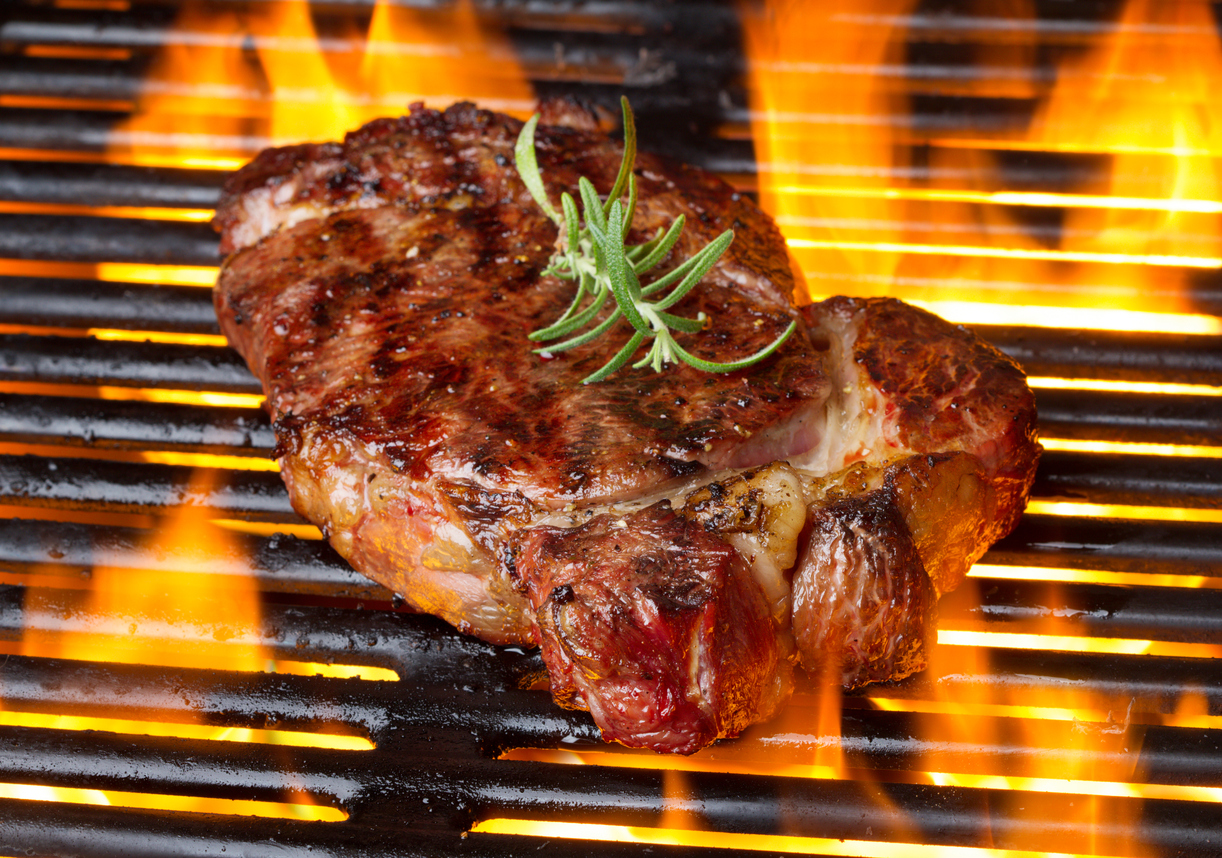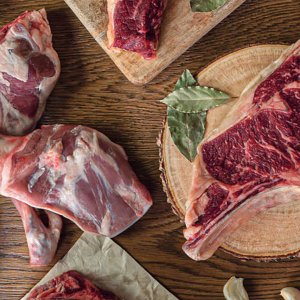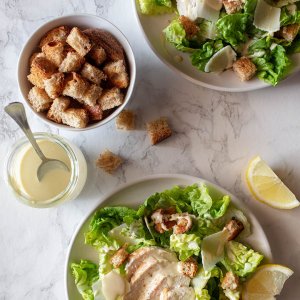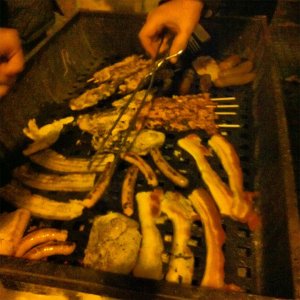If you want to know how to choose the best cut of meat for roasting, keep in mind this list that we present below when you come to visit us, we will advise you and prepare your pieces to your need:
The round: It is one of the classic pieces in roasts, in good shape, tender, juicy, has little fat and has almost no nerves. If we roast it as it should we will get a lean and very soft meat that will surely triumph among your diners. The most practical thing is that we can ask the butcher to prepare the meat by removing the superficial fat and tie the piece with a string, but we can perfectly do it at home.
Tenderloin steak: It is obtained from fillets that are inside the ribs of the high back of the cow, this is a cut of unsurpassed quality, very juicy and tender. It is usually roasted only marinated with salt and some aromatic herbs.
T-bone steak: This is one of the favorite cuts for barbecue lovers, as it is considered a gourmet product. It is made by making tenderloin steaks, some tend to confuse it with the steak, and although they come from the same area of the animal, the big difference is in the bone that is preserved in the ribeye and that roasting it provides a lot of flavor. Its percentage of veined fat is between 20% and 30% of the total of the piece which makes it together with the entrecôte one of the most appreciated products of beef.
Sirloin: It is a muscle located under the lumbar vertebrae, between the loin and the ribs, therefore, the work at the animal's muscle level in this area is very low, which makes this cut very tender. It has very little fat (and that little it has separates very easily). This is divided into head, center (or heart) and tip, from the tip you get the cut to make the very famous filet mignon, with the center you get the tournedó and with the head the chateurbriand to make our precious roast.
Low loin: It offers a juicy, tender and lean meat with great unctuousness. In the Anglo-Saxon countries its elaboration is very traditional, it is roasted at very high temperatures so that the outer part is roasted and the center is poorly made.
High back: It is the part of the animal's back that is between the so-called needle and the last dorsal vertebra. This boneless cut is ideal for roasts since, despite not having bone, it retains its juiciness when cooked over high heat thanks to its higher fat infiltration percentage than many other cuts.






